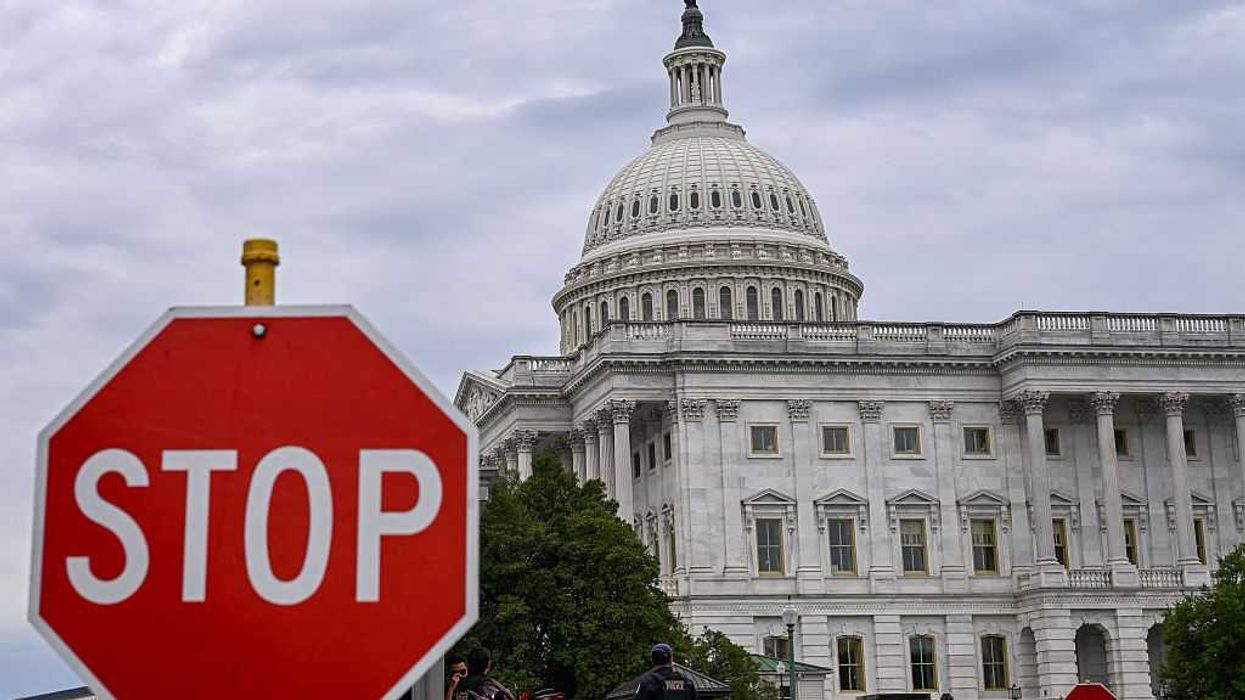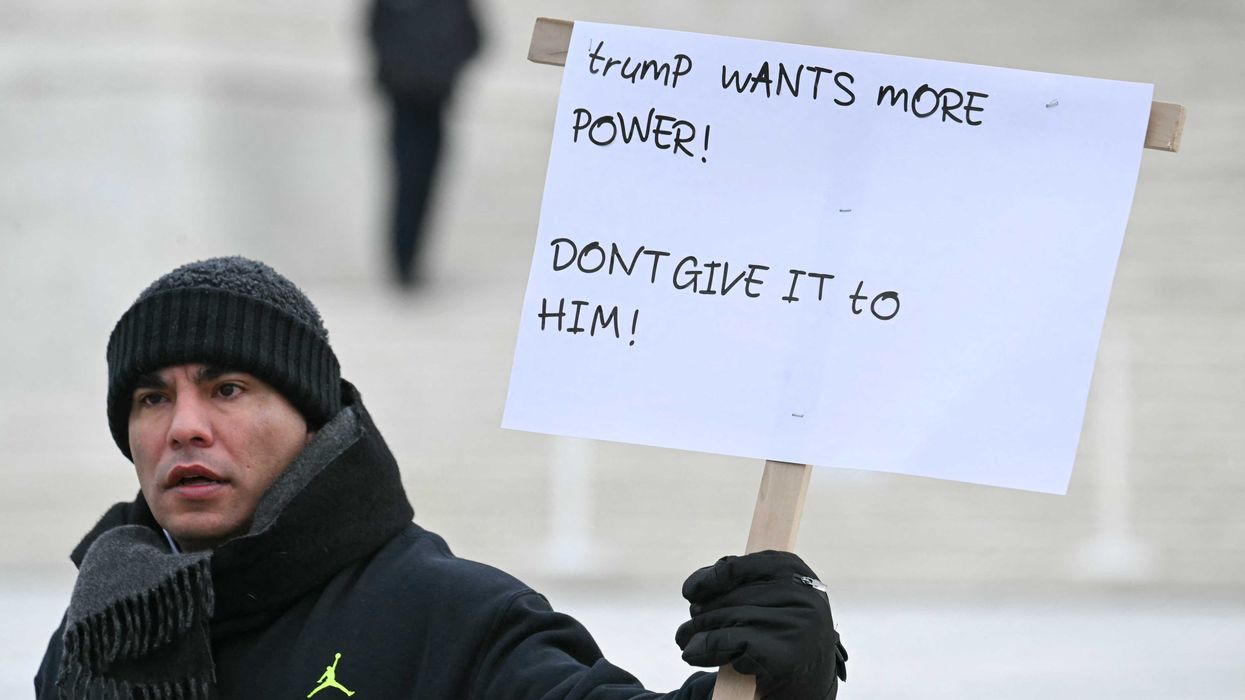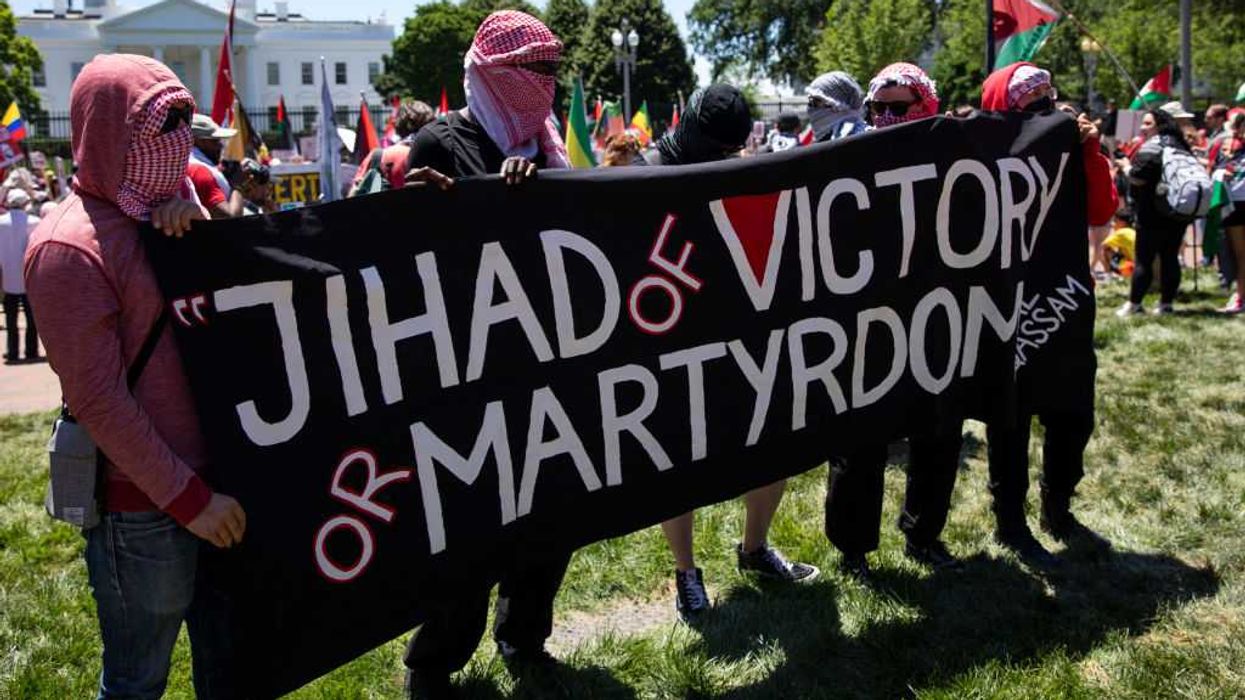by Spencer Coursen, Coursen Security Group
As I watched the news covering the most recent school shooting in Georgia, I could not help but notice the preventative measures which, had they been properly employed, could have very likely prevented such an outcome.
The two areas of growing concern with regard to student safety and school security are ineffective access control policies, and the absence of a threat assessment and management program.
Every school I’ve ever visited has had an access control policy, and yet every control measure in these schools is too-easily bypassed. In Georgia for example, “the gunman simply walked in behind someone else.”
Policy only works if you follow it every time. Most access control policies at schools require the visitor to be “confirmed and verified by the visitor’s sponsor” BEFORE being “buzzed in.” This rarely, if ever happens. Access control is rarely ever someone’s priority tasking. More likely, whomever is responsible for granting access is inundated with the tasking of their “real job” and can’t be bothered with the “additional duties” of veryifying that it’s fine for Parent X to bring in Student Y’s forgotten lunch box. 99.999% of the time no ill effect result from their complacency…so why should this time be any different. And so, like many times before, the conditioned response looms it’s lazy head…the buzzer sounds…the access button is pushed, and the unverified visitor enters. No scene camera to verify who’s at the door, no double-checking to ensure the voice is who they say they are, just another Pavlovian response in an otherwise routine day…only this time in Georgia, it is with life-risking result.
If schools want to preach the “shelter in place” methodology, then they have to first make sure their shelter stays safe. A diver in a shark cage doesn’t stay in the cage once the shark bites the door off its hinges…he swims away. And a building fire is just as dangerous and as unpredictable as an active shooter, yet we wouldn’t hide from a fire in hope it won’t find us…we would run!
Complimenting access control is a schools ability to assess and manage inappropriate actions and communications to determine the likelihood of a threat evolving into a violent act. This is best accomplished through the employment of a threat assessment and management program.
Why do schools need such a program? Because the violence inherent to today’s society make it mandatory. A school today without a threat assessment program is as negligent as an auto factory manufacturing cars without seat belts. Neither are required for their master to function, but both are designed to enhance safety along the way.
In nearly all violent encounters taking place at schools, pre-incident indicators or “leakage” have presented themselves many times prior to the violent act being initiated. The student may make a knife out of wood in shop class, or write about a violent act in a writing assignment. They may even overtly brag to their friends about what they’re planning to do. Individually, these may be overlooked as isolated incidents, but if teachers and administrators know the criteria to report to an identified assessor, little pieces of seemingly unrelated bits of information will begin to form a picture of the hazard on the horizon. Once identified, that hazard can then be managed away from violent outcome…BEFORE its too late.
Thankfully, no lives were lost in Georgia. Although this seems to stem mostly from the inaccurate shooting of both the suspect and the police – both of whom exchanged gun fire.
This phenomenon will not always be the case, and should serve as a wake-up call to do away with antiquated practices and accept that safety, unlike geometry, is an organic and ever-evolving practice.
Congress’ response to the Sandy Hook tragedy was to pursue legislation to ban certain types of firearms and ammunition magazines. But these bills were off the mark – even their authors admit they would not have prevented the shooting in Newtown. Instead of getting bogged down in ugly, partisan fights, there are noncontroversial actions that can be taken immediately that would actually make a make schools safer than they are today.
The power of the people is far greater than that of the people in power, and if the leaders of today’s schools are too invested and comfortable in their own antiquated practices to make the effective changes required of today’s concerns, than perhaps the burden falls to the parents and their affiliated organizations to rise up and fundraise for the resources required to keep their children safe.
At the end of the day, safety is about preparation and prevention. The most preferred outcome will always be to stop an attack from happening in the first place. It is a preventative mindset, not a reactionary one, which will save future lives.
Front page photo courtesy of the AP

 ALEX WROBLEWSKI / Contributor | Getty Images
ALEX WROBLEWSKI / Contributor | Getty Images
 JIM WATSON / Contributor | Getty Images
JIM WATSON / Contributor | Getty Images Joe Raedle / Staff | Getty Images
Joe Raedle / Staff | Getty Images AASHISH KIPHAYET / Contributor | Getty Images
AASHISH KIPHAYET / Contributor | Getty Images